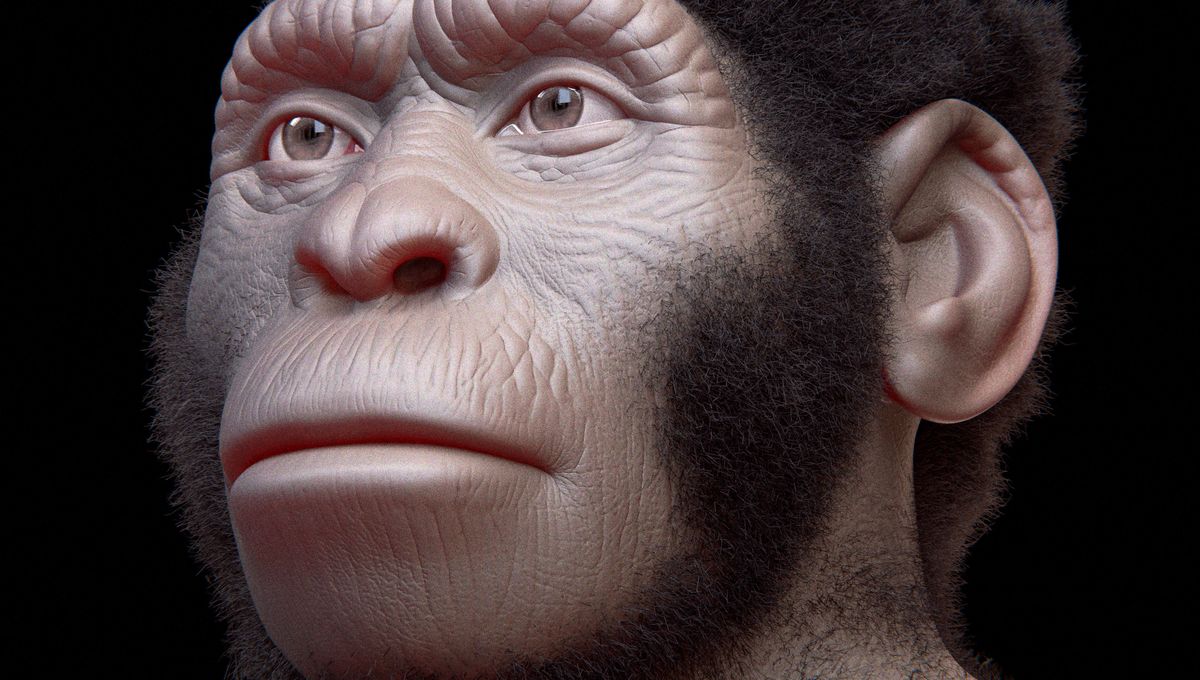
Yet another study has poured cold water on the sensational claims surrounding Homo naledi, an extinct human relative with a puny brain that has been claimed to have buried its dead.
In 2023, archaeologists working at the Rising Star Cave system in South Africa claimed they had found evidence that Homo naledi intentionally buried their dead over 240,000 years ago and decorated their graves with abstract markings.
It was a bold assertion because this is well over 100,000 years before Homo sapiens are known to have buried their dead, plus the species possessed a brain that’s no bigger than a chimpanzee’s.
After posting three pre-print articles on the discovery, the team led by Lee Berger then embarked on a huge media campaign, culminating in a slick Netflix documentary called UNKNOWN: Cave Of Bones.
However, skepticism quickly followed. A peer review of their articles found that the evidence was “incomplete and inadequate, and should not be viewed as finalized scholarship,” while other researchers dished out some strongly worded rebuttals.
In a new paper, another group of researchers put forward more evidence that Berger’s conclusions are unfounded.
The burial theory centers around where the 15 Homo naledi skeletons were found in the Rising Star Cave system. The bodies are found at the back of the cavern in a hard-to-reach spot that takes modern cavers more than half an hour to reach, laid out in a seemingly ordered position. What’s more, the 2023 papers argued the bodies were laid to rest in a shallow dug-out pit and covered with soil, as if they were given an organized funeral.
The new paper believes this isn’t the case. The researchers carried out a re-analysis of the geochemical and sedimentological data used by the original authors to conclude that none of the surrounding sediment shows the dirt was shifted around to entomb the bodies in a deliberate burial.
It is still uncertain how the Homo Naledi bodies ended up in this peculiar position. Others have speculated whether it was the work of scavenging animals, the flow of water, or a roof collapse. However, there’s a lack of evidence to support these claims too.
The researchers in the latest study don’t attempt to provide an alternative answer, simply concluding that “the interpretations, the narrative, and the data are not aligned” in Berger’s work.
They do, however, believe the whole saga shows the perils of using sleek TV shows to hype up ideas before they’ve been rigorously peer-reviewed.
“I hope that this work is able to instill some skepticism in the public when it comes to archaeological research in the public eye,” Professor Kimberly Foecke, author of the new study from the Anthropology department at George Mason University, said in a statement.
“We see so often flashy shows with charismatic archaeologists presenting huge claims about the past, but we must hold scientists who communicate with the public accountable to the science itself and ensure that we as a field are doing good work,” she added.
The new study is published in the journal PaleoAnthropology.
Source Link: More Research Shuts Down Controversial Claims About Homo Naledi, Star Of Netflix Documentary